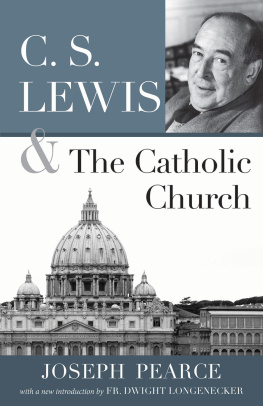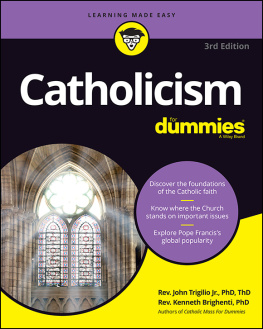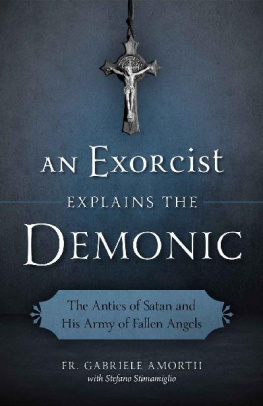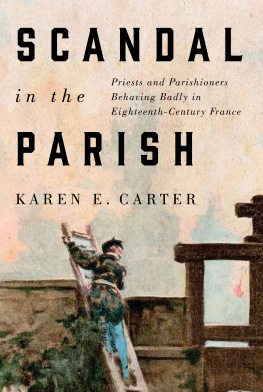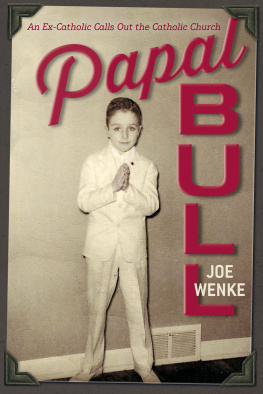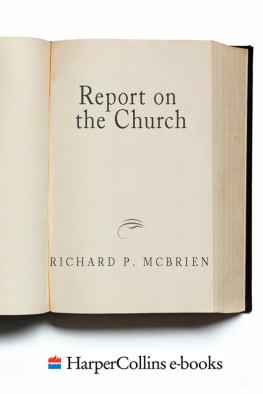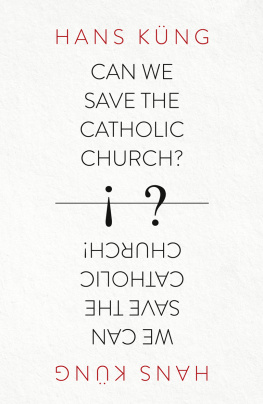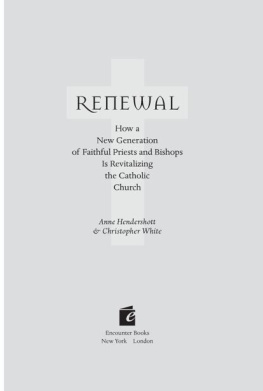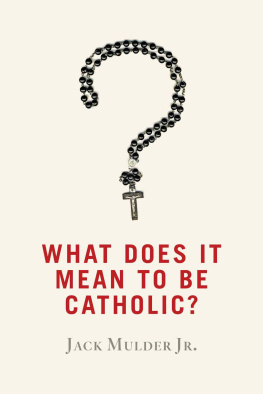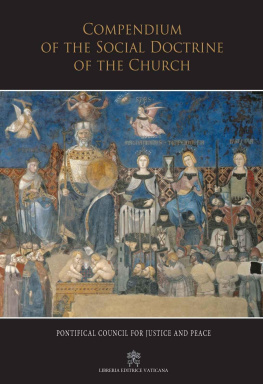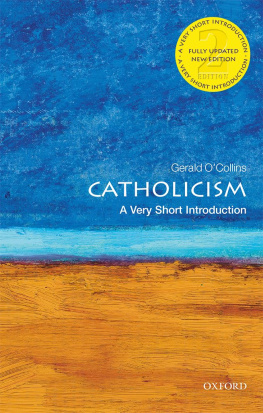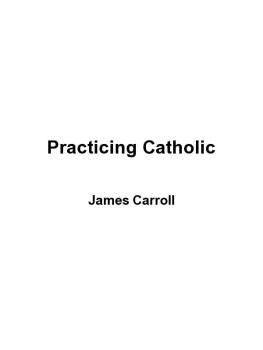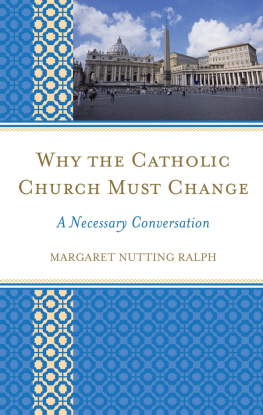Acknowledgments
Writing a book makes you acutely aware of how much any creative endeavor is more than the work of one person. Writing a book about history doubles this awareness, because you are of necessity telling the stories of other people. Writing a book about people who have been neglected by history, especially women, leaves you in awe of the many people whose shoulders you are standing on in your own life, even if you dont know their names. This book tells the story of some of these people, the women and menmany previously unknownwho contributed to the Catholic reproductive rights movement, with the hope that they will be acknowledged by history.
I thank the many individuals who generously shared their time with me to recount their involvement in the movement. As any historian knows, firsthand historical recollections are a precious commodity, a fact that I was reminded of when I would track down a source only to discover that she or he had passed away just a few months earlier. I will always regret not being able to tell their stories.
I also thank the librarians and archivists who assisted me, in particular those at the Pennsylvania State Archives, the Sophia Smith Collection at Smith College, and the Rockefeller Center Archives.
This book truly would not have been possible without the involvement of several people at Catholics for Choice. Jon OBrien knew that this was a story that needed to be told and made it possible for me to spend eighteen months working in the CFC archives to tell it. David Nolan graciously assisted me with locating material in the archives and tracking down interviewees. Sara Morello was an invaluable sounding board and all-around supporter of the project.
Kristin Lukers interest and support in this project was also essential to its realization. Her feedback on early drafts was invaluable. Our many conversations on the arc of the history of the reproductive rights movement were enlightening and inspiring. Her willingness to include me in her network of scholars was both gracious and indispensible.
I also express my gratitude to Naomi Schneider at the University of California Press for her willingness to publish a book on a controversial subject by a first-time author. Thanks as well to Christopher Lura for his good-natured editorial assistance, to project editor Francisco Reinking, and to Pam Suwinsky for her thoughtful copyediting of the book.
Both my parents passed away during the course of writing this book. My debt to them is too deep to acknowledge properly. Everything I know about Catholicism and politics was born from many long conversations around our dining room table.
Finally, this book would not have been possible without the continued support, insight, and good humor of my husband Anthony Spadafore and the constant companionship, and reminders that the most important thing in life is a good walk with those you love, of my Chesapeake Bay retriever Rosie.
Introduction
THE VIRGIN, THE SAINT, AND THE NUN
Everything you need to know about the Catholic Church and women can be ascertained from the front doors of St. Patricks Cathedral in New York City. There, six notable American Catholics are immortalized in statues set in the massive bronze doors of the entryway. St. Joseph and St. Patrick occupy the uppermost niches; the martyred Jesuit Isaac Jogues resides in the middle left panel. The three remaining statues occupying the middle right panel and the lowermost reaches of the door are of women. There is Kateri Tekakwiyha, a Mohawk-Algonquian convert to Catholicism who is best known for taking a vow of chastity and dying a virgin at age twenty-four. There is Elizabeth Ann Seton, the founder of the Sisters of Charity, who is famous for being the first native-born American saint. And there is Mother Cabrini, an Italian nun known for her charity work among poor Italian immigrants. All three are now recognized by the church as saints for their various works and purported miracles, although neither Seton nor Tekakwiyha was a saint when the doors were dedicated in 1949.
Virgin, saint, and nun. This is how the Catholic Church sees the ideal woman: chaste, selfless, dedicated to serving others. And positioned decidedly below men in the hierarchy of the sexes. Pope John Paul II was a huge proponent of this idealized view of women, and it has permeated
Although the church lionizes motherhood as womans true role and purpose, having babies involves the messy realities of sex, which the Catholic Church has never been very good at grappling with. It has always considered celibacy a holier state than marriage. Sex is associated with the fall of man; with sin; with Eve, the temptress. This central contradiction of Catholicism is embodied in the Virgin Mary: virgin and mother, a state unachievable by actual flesh-and-blood women. For some 2,000 years the Catholic Church has tried, largely in vain, to reconcile its horror of sex with the realities and necessity of human reproduction, most notably by attempting to proscribe any sexual activity not directly related to reproduction or any interference with the generative process that would sever sex from the sanction of pregnancythe only thing, so the church fathers believed, which prevented the world from being consumed by unbridled lust, lost in a frenzy of fornication.
It is women who have borne the brunt of these proscriptions, limited in their ability to control their fertility just as the settled lifestyle and relatively stable food supply of the agricultural revolution decreased the interval between pregnancies and dramatically increased the number of children a woman could expect to bear in her lifetime. alone; men also took part in the process of developing and promoting a progressive theology that recognized birth control and abortion as moral options. But they are of necessity its locus for the simple reason that lack of access to abortion and contraception is felt more keenly by women and by that fact alone the relationship between women and the Catholic Church is uniquely fraught.


